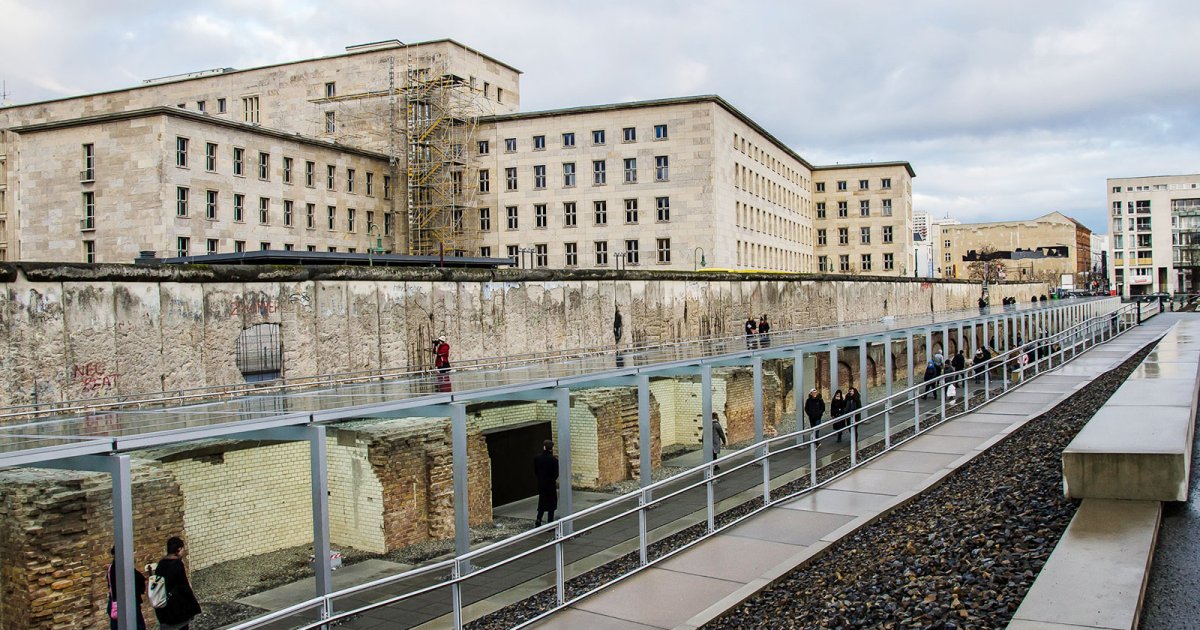TOPOGRAPHY OF TERROR, Topography Of Terror
 Language: English / USA
Language: English / USA
Hi, my name’s Rick, and I’m your personal guide. Along with MyWoWo, I’d like to welcome you to one of the Wonders of the World: the Topographie des Terrors Museum, or “topography of terror”.
This museum is situated on the site that between 1933 and 1945 was home to the headquarters of the Gestapo, the tremendously cruel Nazi secret police. The entire neighborhood was heavily bombed and then razed to the ground after the Second World War. During the reconstruction of the city, however, the removal of the ruins brought to light the secret tunnels and cells in which the regime’s political opponents were imprisoned and tortured. Thus, in 1987, for the 750th anniversary of Berlin, the decision was taken to use the area for an outdoor exhibition on the terrible crimes of Nazism.
The exhibition was so successful that it became permanent. Over the following years, excavations continued in the underground area, and 2010 saw the construction of a huge 800-cubic-meter exhibition facility for the findings. At the same time, the underground tunnels and cells were opened to the public; these make for one of the most moving, emotional moments of the visit.
A series of fascinating photographic panels, arranged by theme, takes the visitor on a trip back in time to those gloomy years, offering a reconstruction of the atrocities and torture methods that Hitler’s police used without mercy to persuade prisoners to collaborate. The panels clearly illustrate the stages of the policy of terror that led to the deaths of thousands of people, giving names and faces to those responsible for the atrocities committed both in Germany and in the rest of Europe between 1939 e and 1945.
The museum also documents the general climate of tacit consent towards the Gestapo’s methods that made it possible for such a climate of terror to take hold.
The museum also marks the beginning of a long stretch of the Berlin Wall that was not torn down following reunification. You can see it in Niederkirchnerstrasse, where the wall borders the road for about 200 meters.
Let me leave you with an interesting fact: one part of the photo exhibition is laid out in the trench dug out opposite the foundations of the Gestapo cells, where political prisoners were interrogated, tortured and eventually killed.



